Android apps
Refresh your Android device with some new apps. Check out our Android app recommendations and app lists.
Software lists
Features
Guides
How-to's
All the latest
Android apps news
6 design misses stopping Gemini from catching up to ChatGPT
Karandeep SinghDecember 14, 2025
0
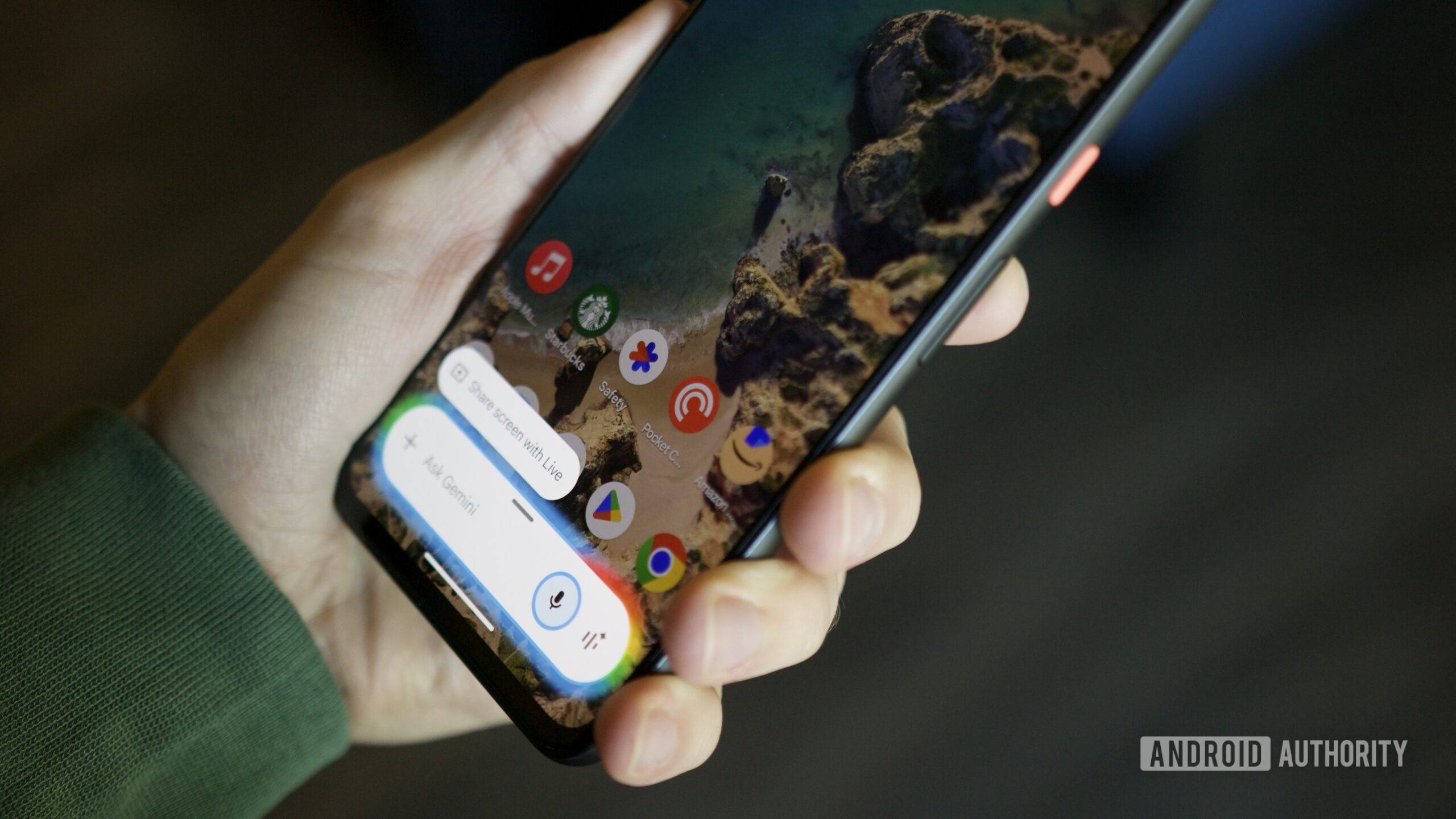
Google Messages has a major problem, and I'm sick of it
Stephen HeadrickDecember 14, 2025
0
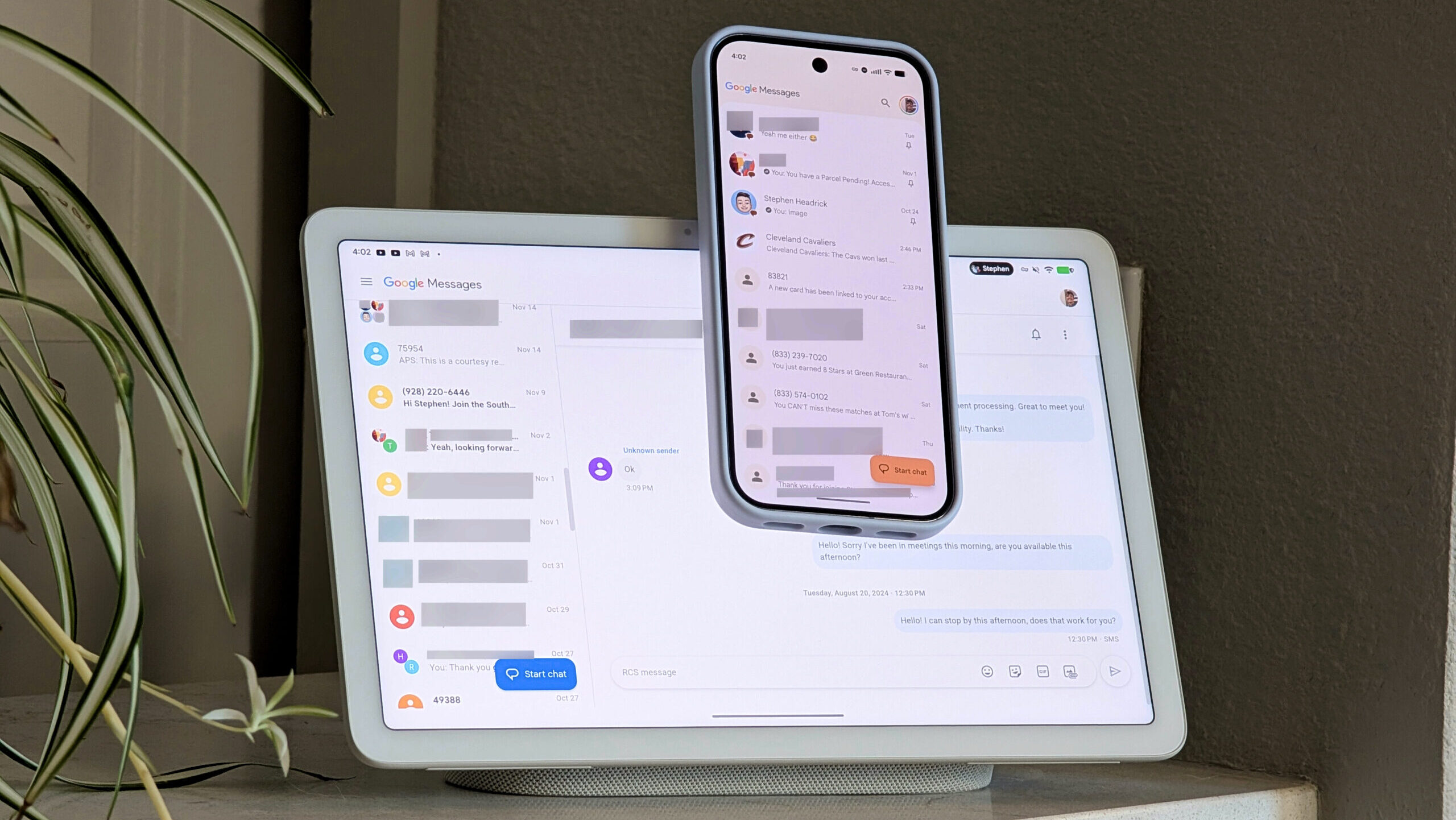
This free Android app made me love reading again, one sentence at a time
Aamir SiddiquiDecember 12, 2025
0
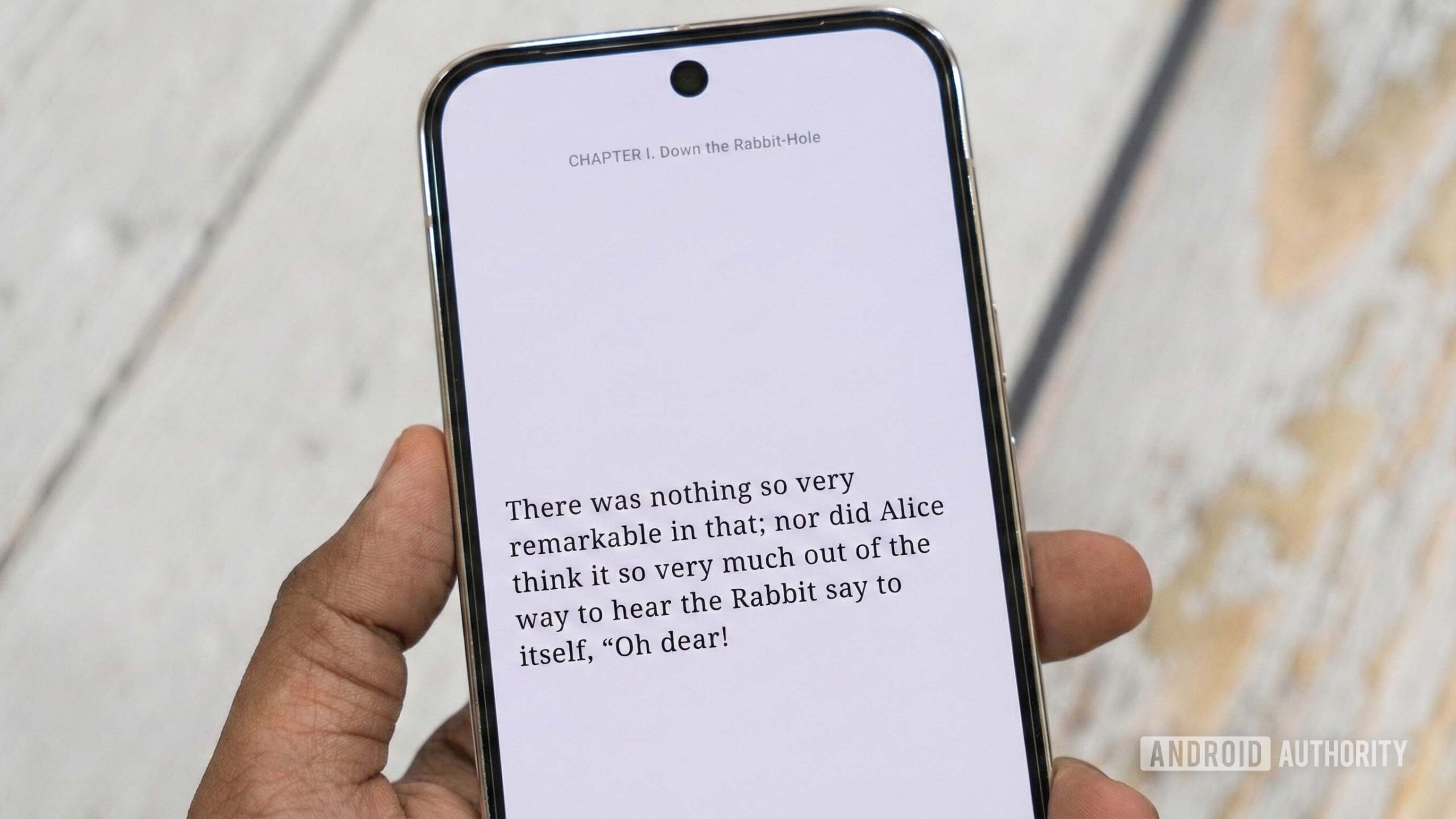
What's the Pixel thermometer for? Here's how thousands of people are actually using it
Matt HorneDecember 10, 2025
0

4 reasons Plex is turning into the thing it replaced
Karandeep SinghDecember 7, 2025
0
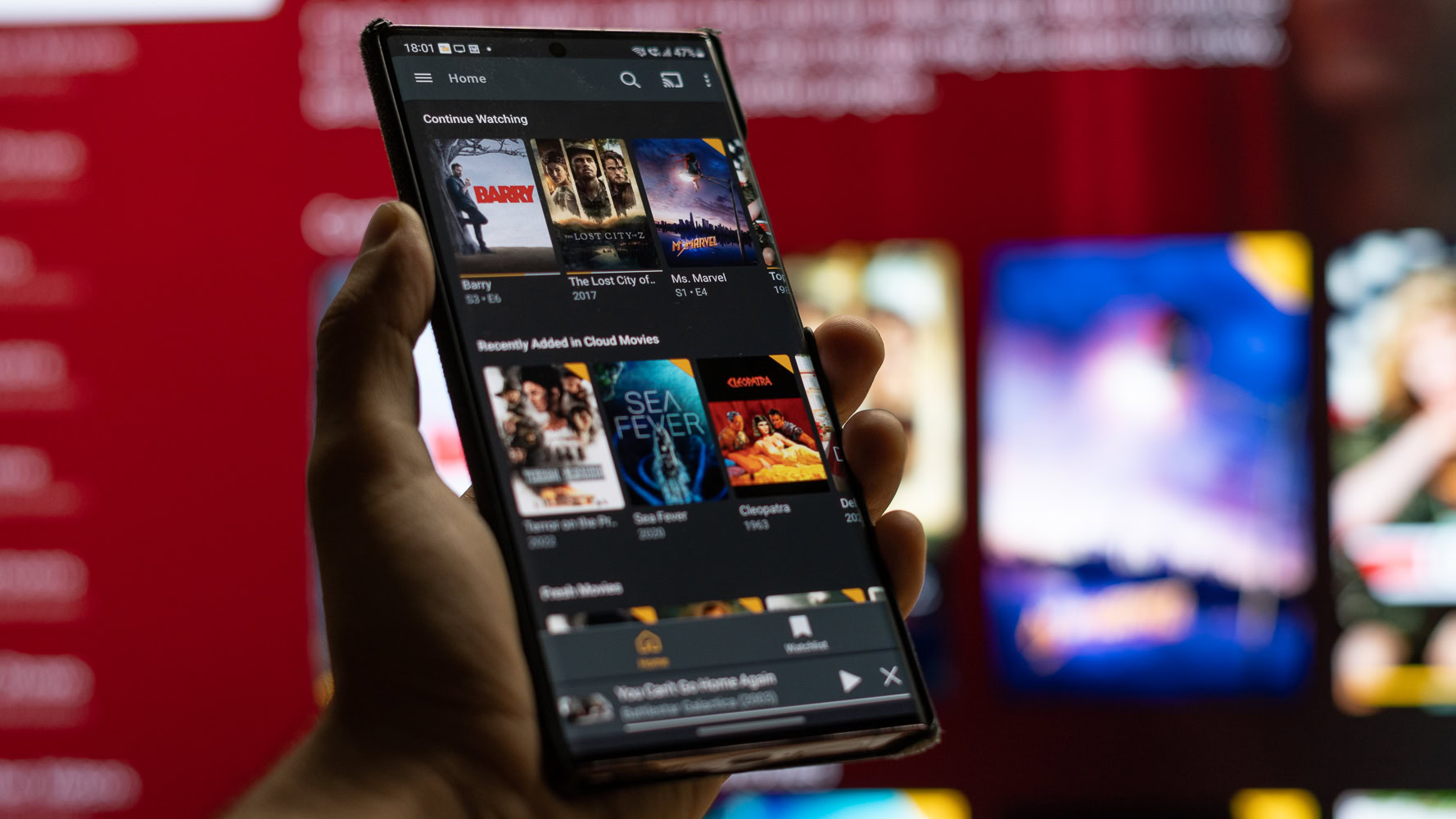
Creating your own Android wallpaper isn't hard, and it's totally worth it
Andy WalkerDecember 6, 2025
0
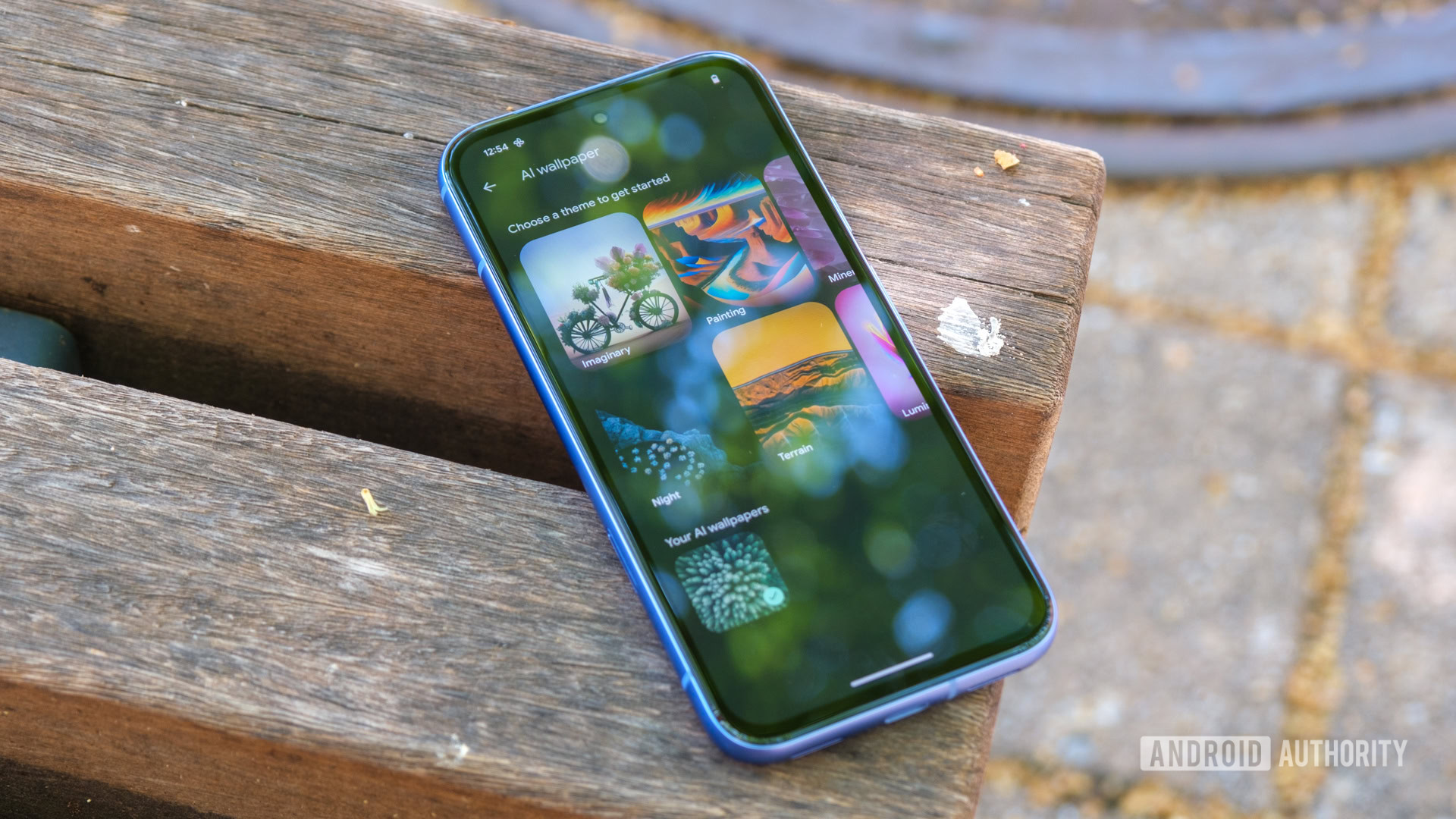
How to unlock Android Auto developer settings (and why you might want to)
Andy WalkerDecember 5, 2025
0
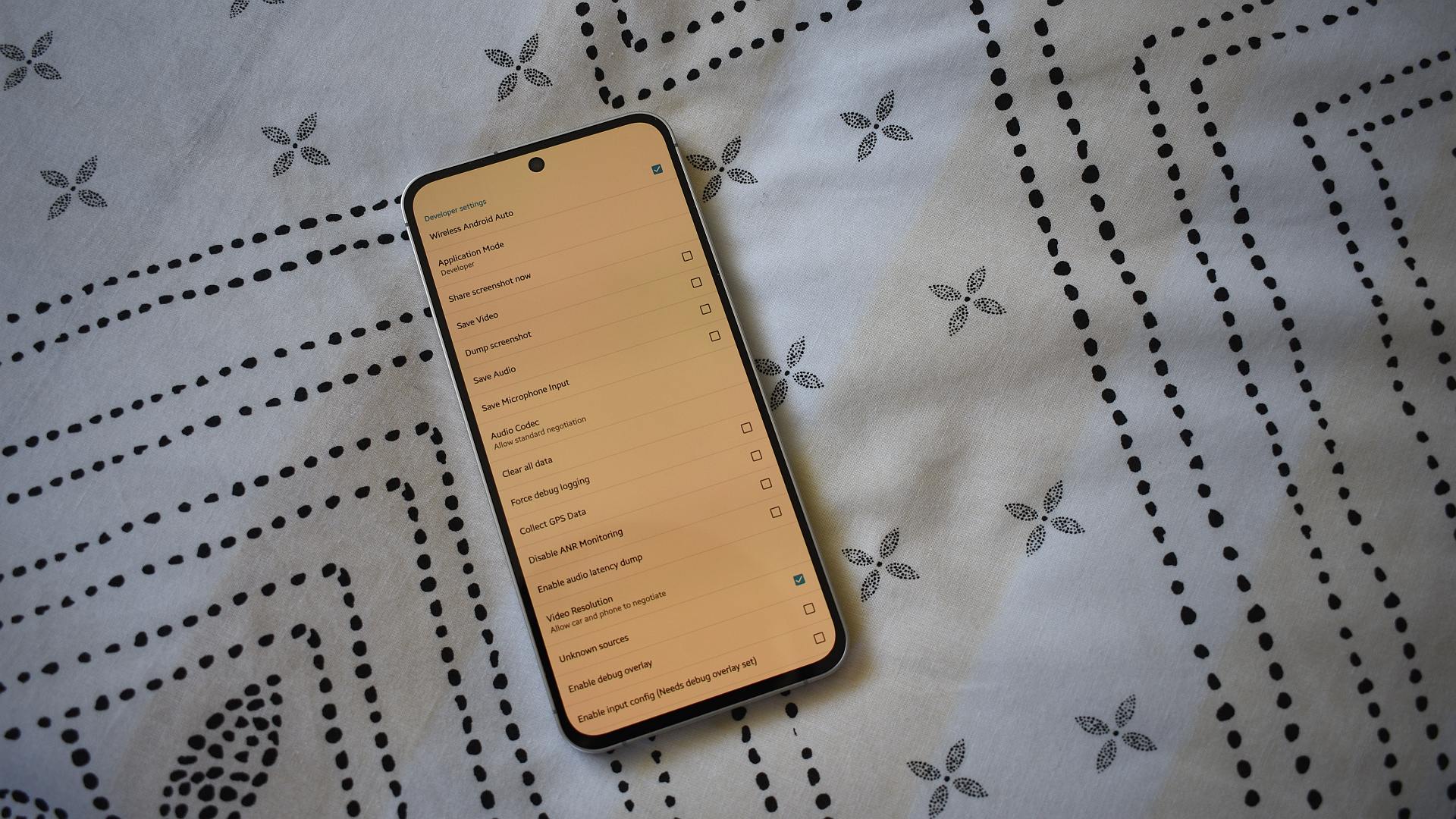
You can finally force most apps to dark mode on your Pixel; here's how
Rita El KhouryDecember 4, 2025
0
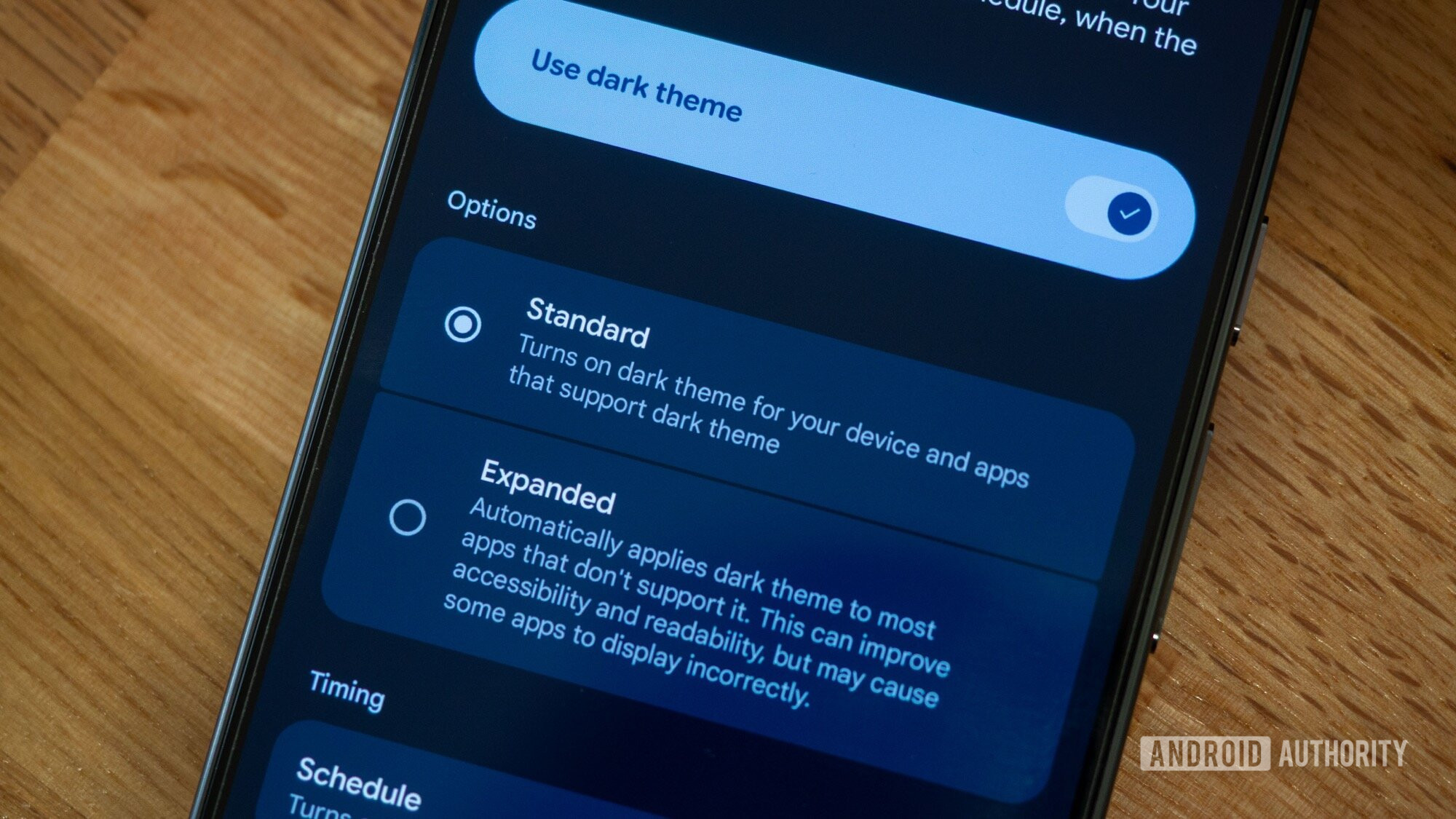
Take my money: These are the 7 apps I gladly pay for every month
Mitja RutnikDecember 4, 2025
0
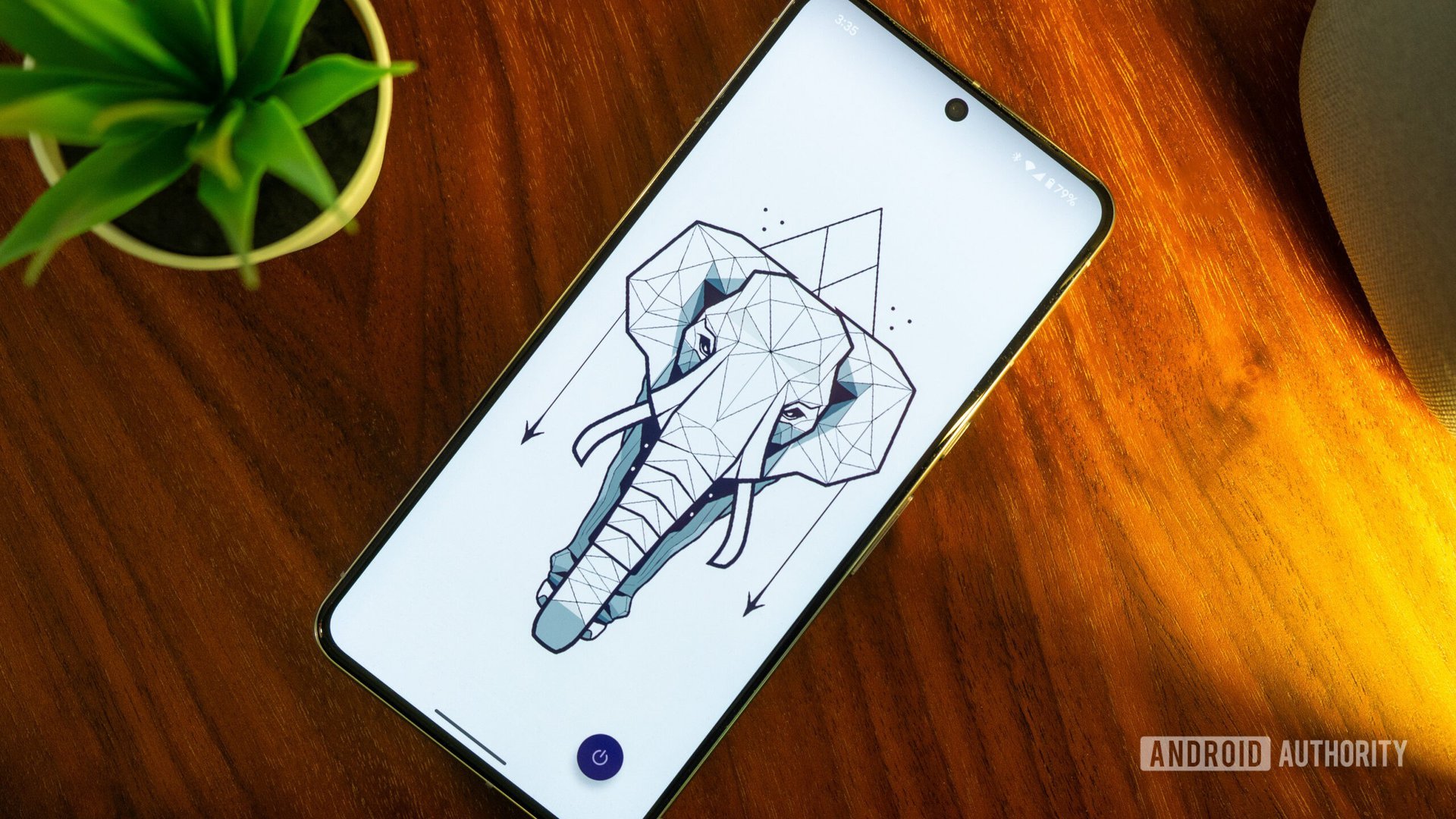
YouTube Recap not showing up? Here's how to find yours right now
Joe MaringDecember 3, 2025
0

Google Maps listens: Beloved ski trails and lifts feature returns for winter season
Ryan McNeal8 minutes ago
0
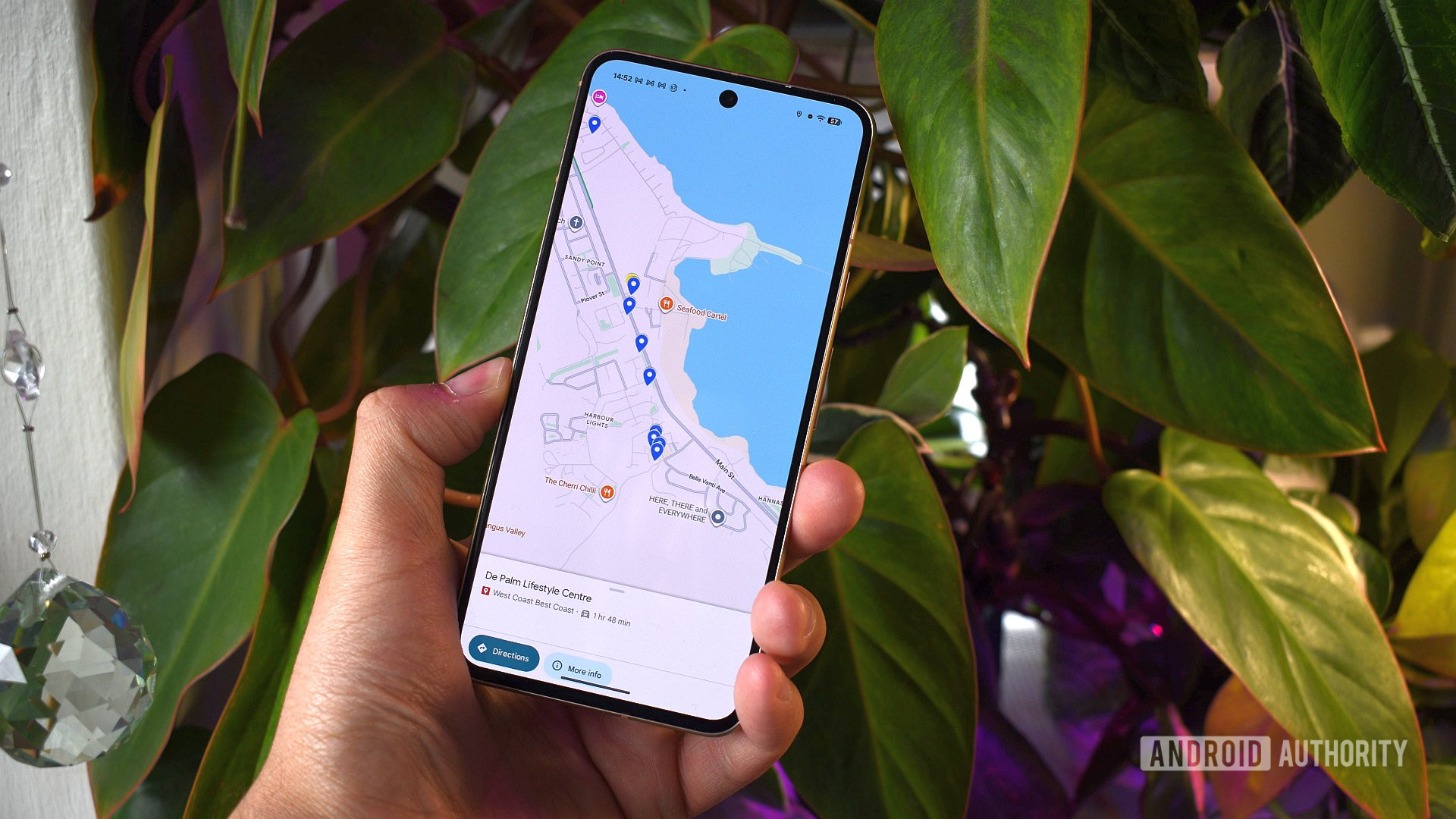
Google may soon make your AI Mode history even easier to access
Stephen Schenck15 minutes ago
0
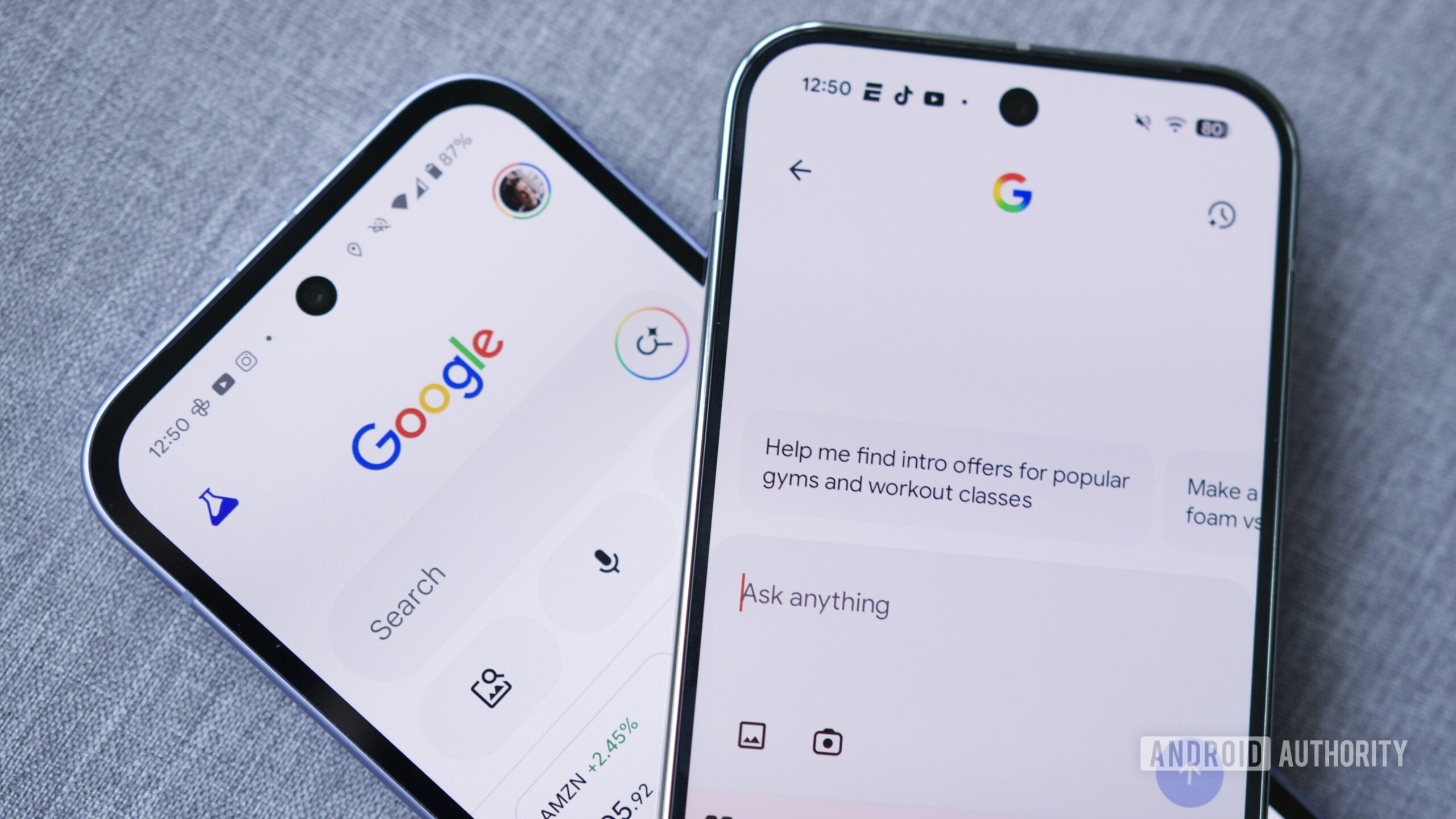
Google will let you tell Discover what you want to see
Taylor Kerns39 minutes ago
0
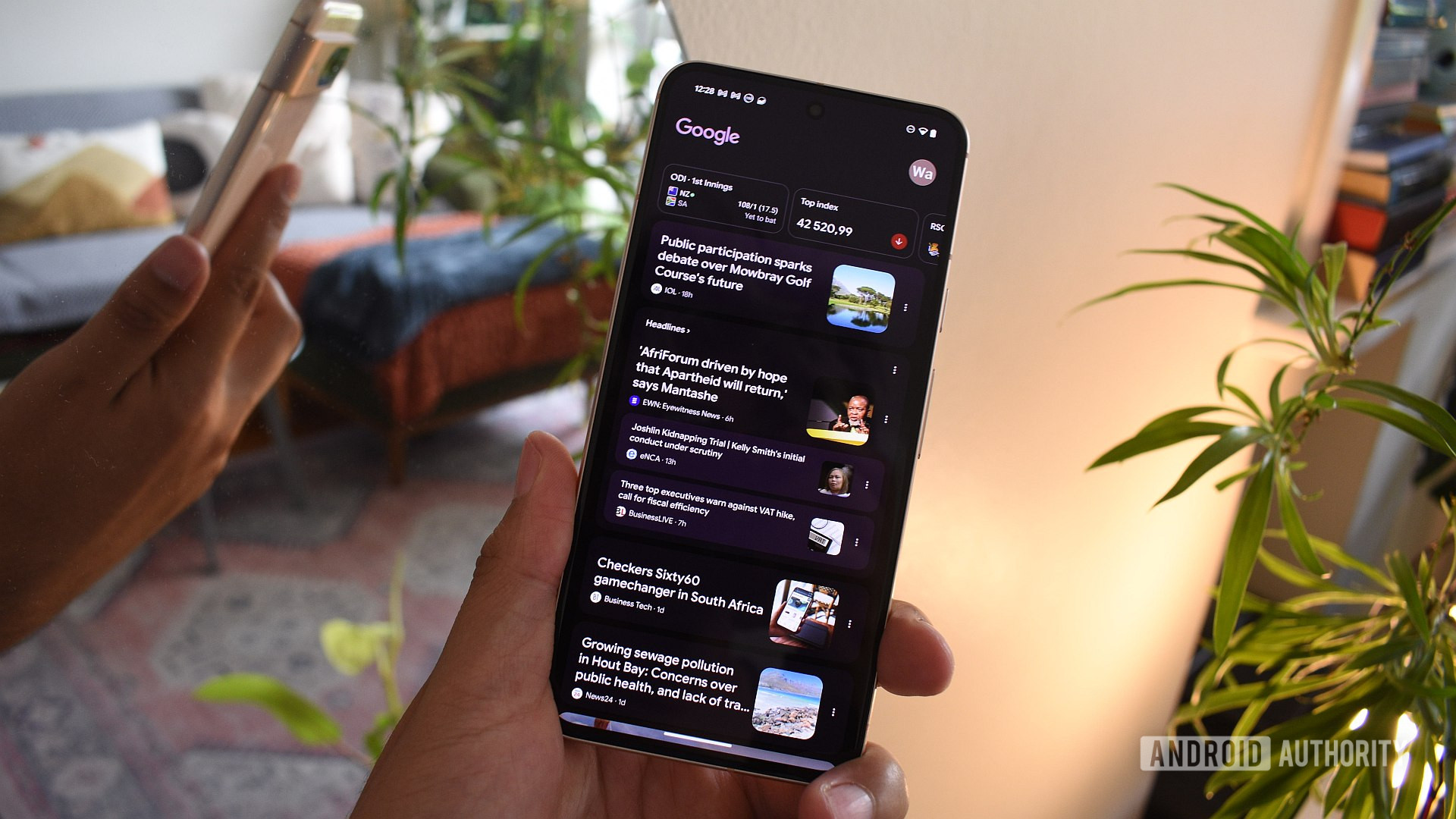
Google Maps in Gemini just got way smarter at finding your next favorite spot
Jay Bonggolto11 hours ago
0

Gemini could soon stop wasting your time on basic questions, and that's great news
Tushar Mehta11 hours ago
0
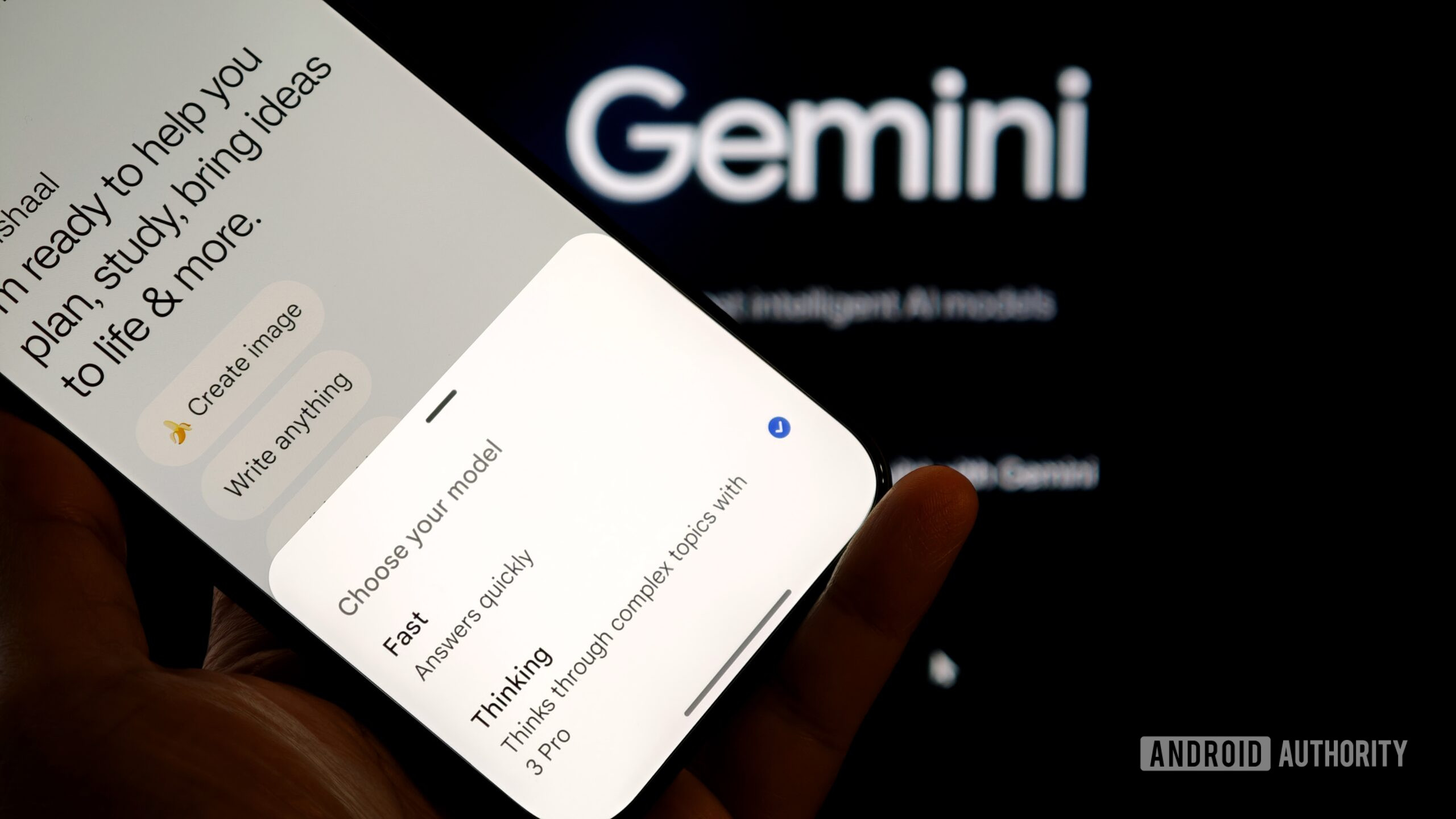
Spotify may finally let you tone down those distracting animations (APK teardown)
Aamir Siddiqui13 hours ago
0

Waze may be finally catching up to Google Maps with this highly-requested feature
Adamya Sharma18 hours ago
0
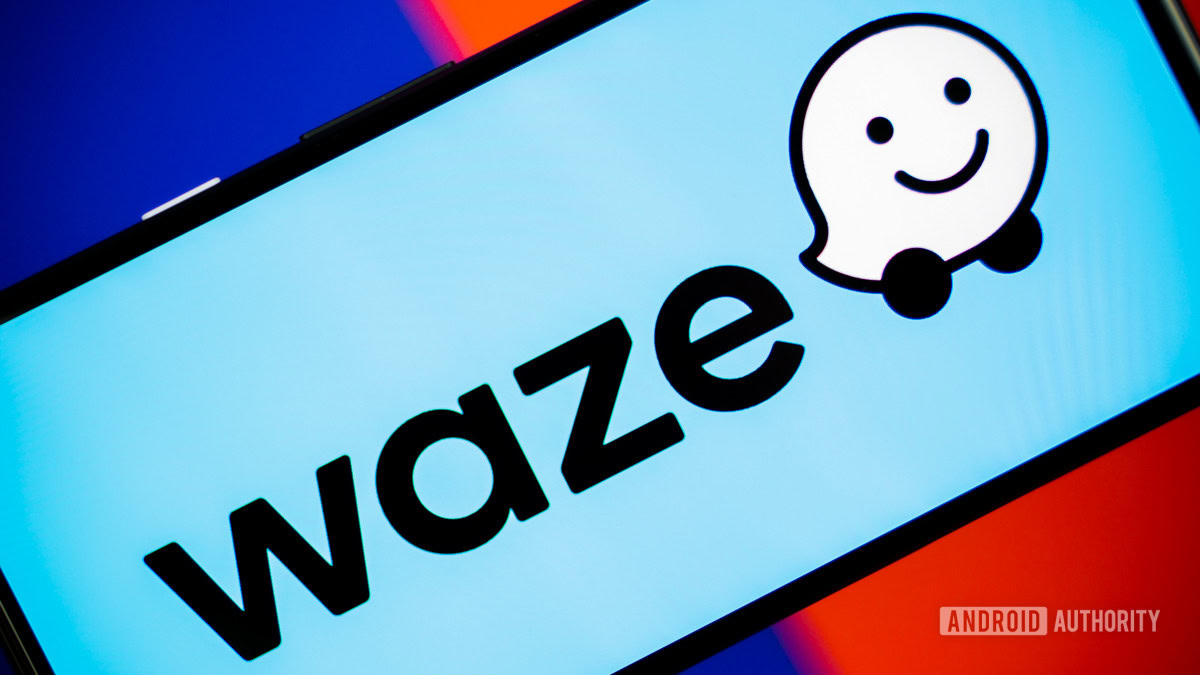
Google has started testing Gemini's next big upgrade for working with images
Stephen SchenckDecember 12, 2025
0
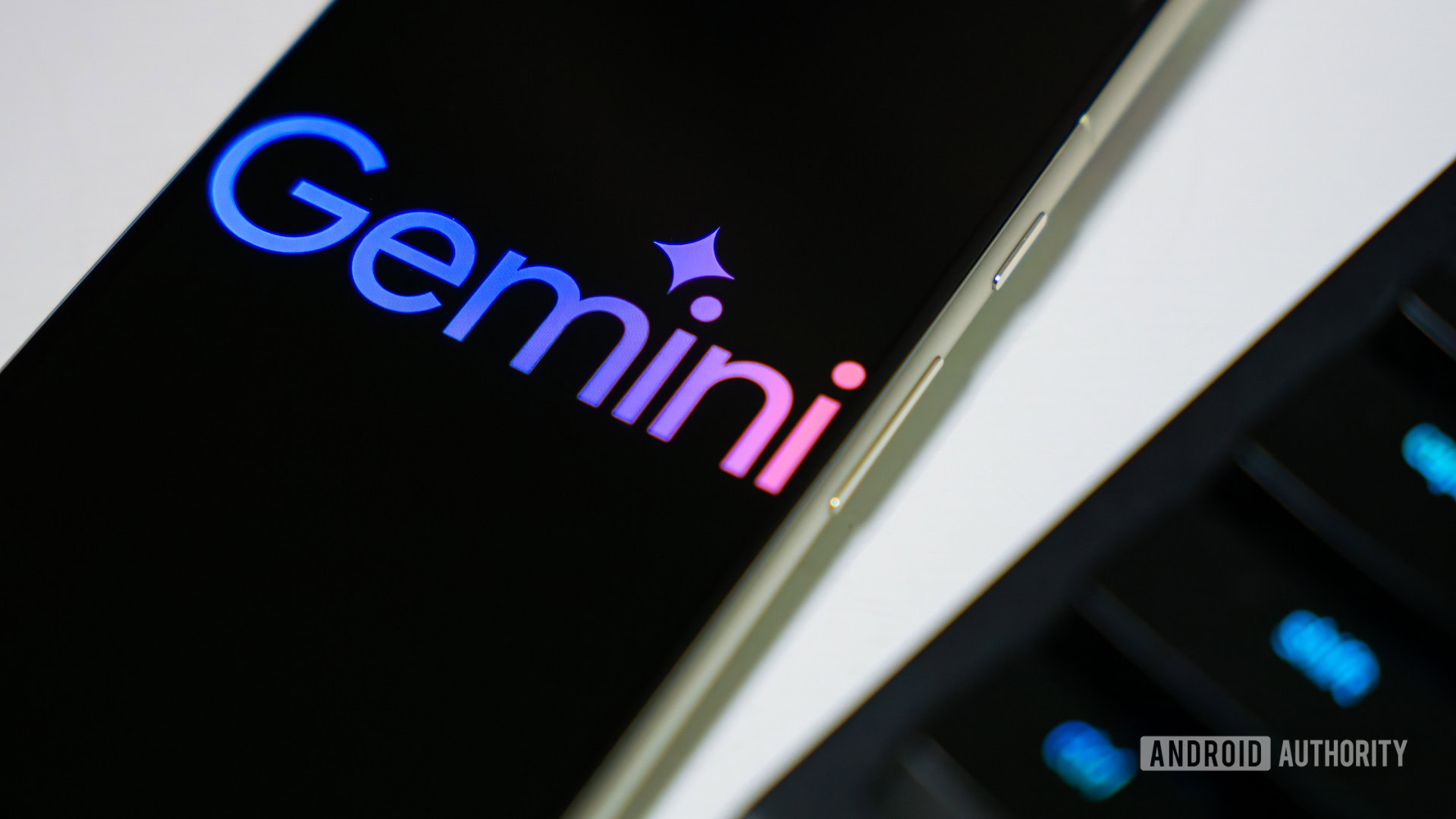
Android could soon track your medical symptoms in Health Connect
Mishaal RahmanDecember 12, 2025
0
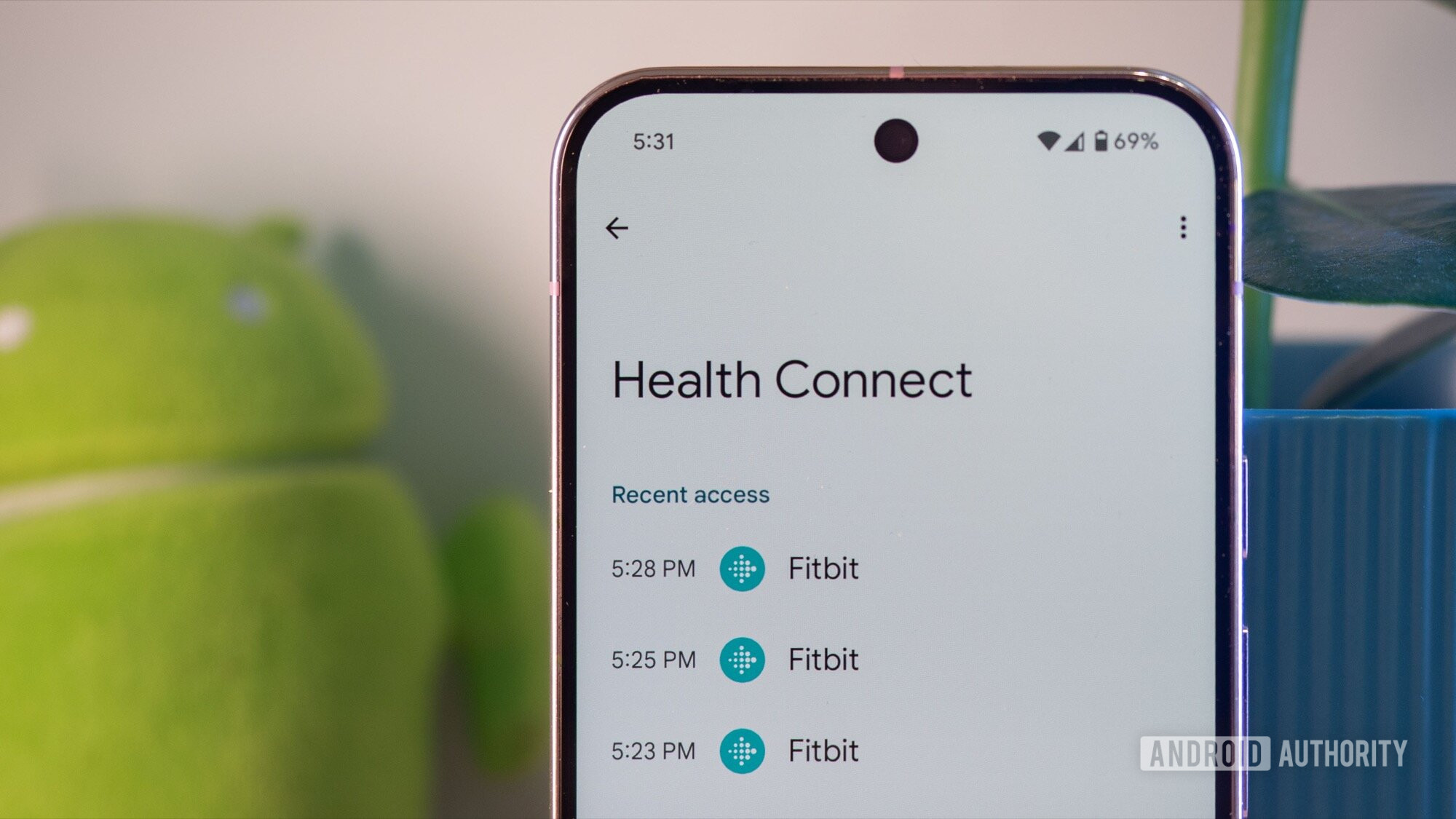
Google starts testing Android's new DND-overriding call option
Stephen SchenckDecember 12, 2025
0
